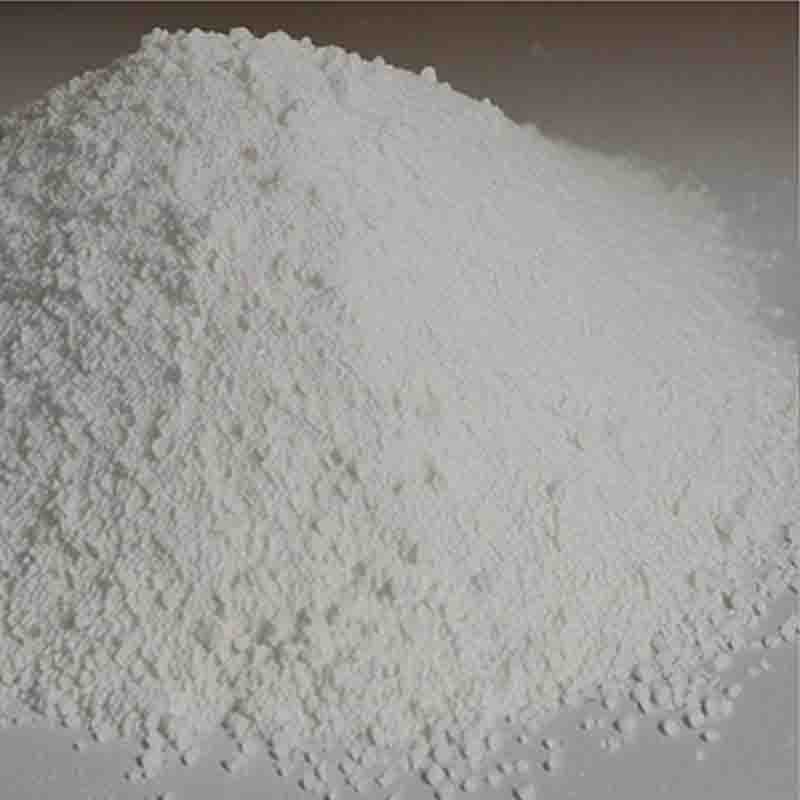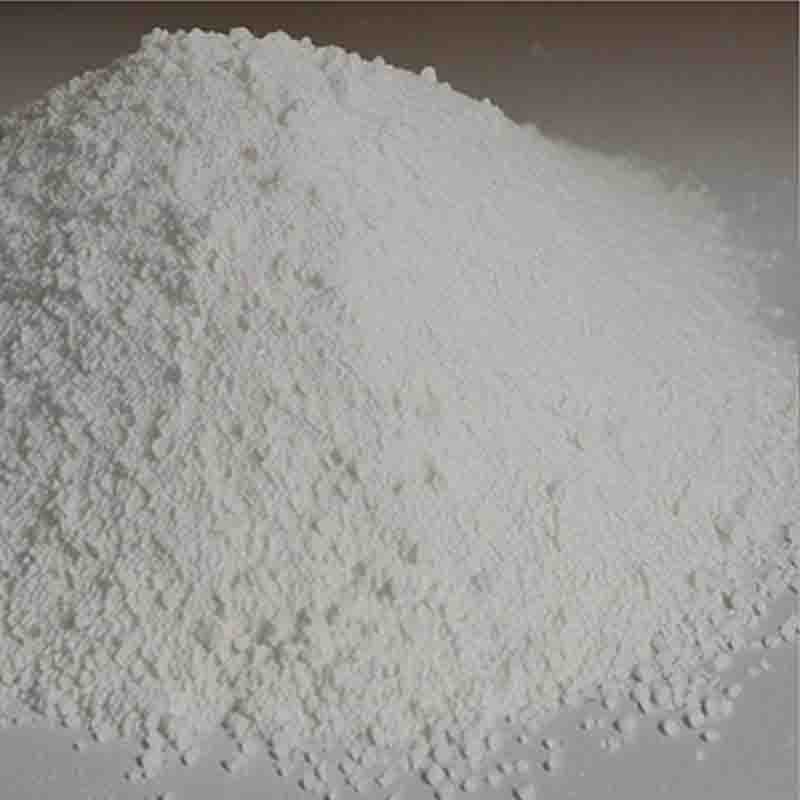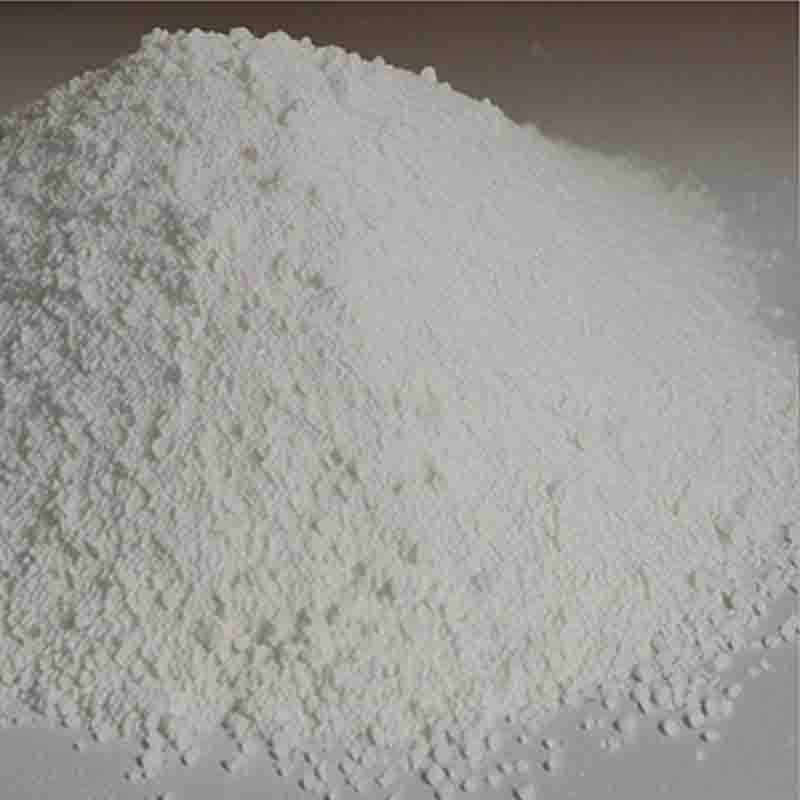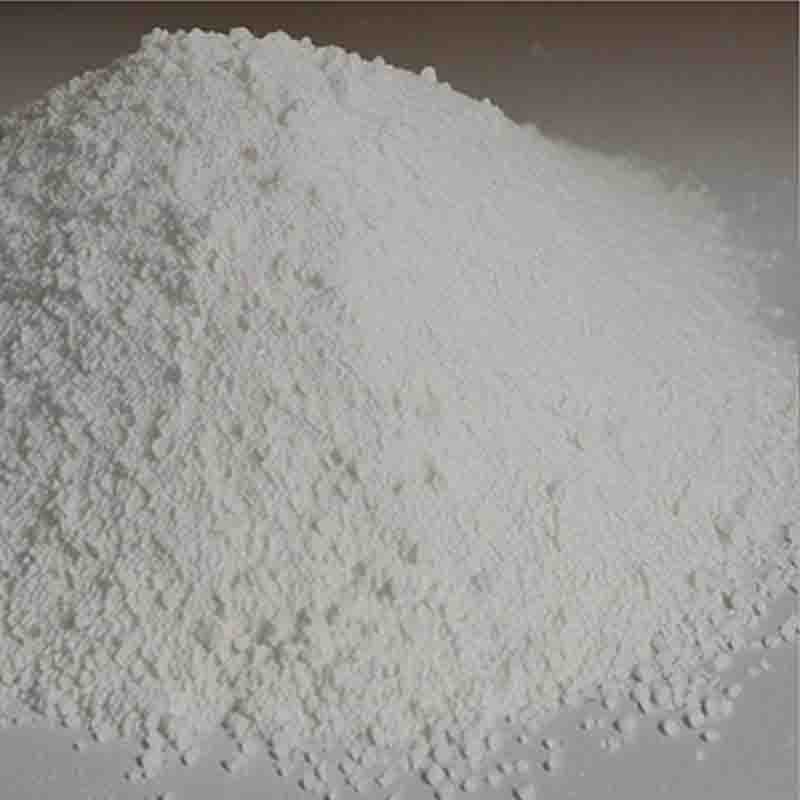L-leucinebenzylestertoluene-4-sulfonate CAS:1738-77-8
| Catalog Number | XD95769 |
| Product Name | L-leucinebenzylestertoluene-4-sulfonate |
| CAS | 1738-77-8 |
| Molecular Formula | C20H27NO5S |
| Molecular Weight | 393.5 |
| Storage Details | Ambient |
Product Specification
| Appearance | White powder |
| Assay | 99% min |
L-leucinebenzylestertoluene-4-sulfonate, also known as L-LeuBzTos, is a compound that has several effects and applications. Here are some key effects associated with L-LeuBzTos:Peptide Synthesis: L-LeuBzTos is a commonly used reagent in peptide synthesis. It serves as a protecting group for the amino acid leucine. During the synthesis of peptides, various amino acids are sequentially added and protected to prevent unwanted reactions. L-LeuBzTos helps to protect the leucine residue and ensure selective coupling of the desired amino acids.Enzyme Inhibition: L-LeuBzTos has been found to exhibit inhibitory effects on certain enzymes. For example, it has shown inhibitory activity against protein tyrosine phosphatase. This enzyme plays a crucial role in cellular signaling and has been implicated in various diseases, including cancer. The inhibition of this enzyme by L-LeuBzTos can potentially lead to therapeutic benefits.Antimicrobial Activity: Research has demonstrated that L-LeuBzTos possesses antimicrobial properties. It has shown inhibitory effects against various bacteria, including Staphylococcus aureus and Escherichia coli. These antimicrobial properties make L-LeuBzTos a promising compound for the development of new antibiotics or antimicrobial agents.Biological Studies: L-LeuBzTos is often used as a tool in biological studies to investigate protein structure and function. It can be incorporated into peptide sequences to modify their properties or introduce structural features for specific experimental purposes. L-LeuBzTos-labeled peptides can be used for binding studies, receptor characterization, or as substrates for enzyme assays.Chemical Biology Applications: L-LeuBzTos can be employed in chemical biology to probe enzymatic activities and protein interactions. It can be used as a substrate for enzymes that catalyze specific cleavage reactions, making it useful for activity-based profiling and identifying potential therapeutic targets.It is important to note that L-LeuBzTos may need to be handled with care, following appropriate safety protocols, as its use in biological and chemical studies may involve toxic or reactive materials. Proper protective equipment and handling practices should be followed to ensure safe usage.In summary, L-LeuBzTos finds applications in peptide synthesis as a protecting group, exhibits antimicrobial activity, has inhibitory effects on certain enzymes, and is used as a tool in biological studies and chemical biology applications. Its versatile nature makes it valuable in various fields, particularly in peptide chemistry, drug development, and biological research.









